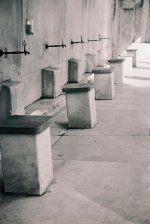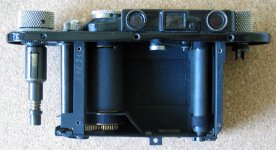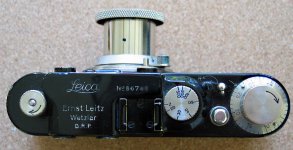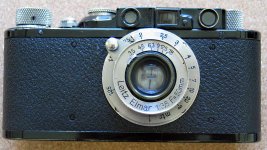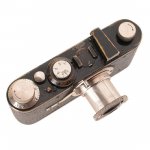john neal
fallor ergo sum
Erik,
here's what you can do with a 1932 Leica II and an Elmar
That black II has a screw at the other end, but I have not had chance to explore why they are there yet. The lens is clean, but I fear there is a trace of fungal damage on the front element - it will probably go to Sherry at some point to see if it can be resurrected.
Whay did I buy it? I have another very similar II from the same batch, but that one has a mint Elmar with infinity lock.
here's what you can do with a 1932 Leica II and an Elmar
That black II has a screw at the other end, but I have not had chance to explore why they are there yet. The lens is clean, but I fear there is a trace of fungal damage on the front element - it will probably go to Sherry at some point to see if it can be resurrected.
Whay did I buy it? I have another very similar II from the same batch, but that one has a mint Elmar with infinity lock.


